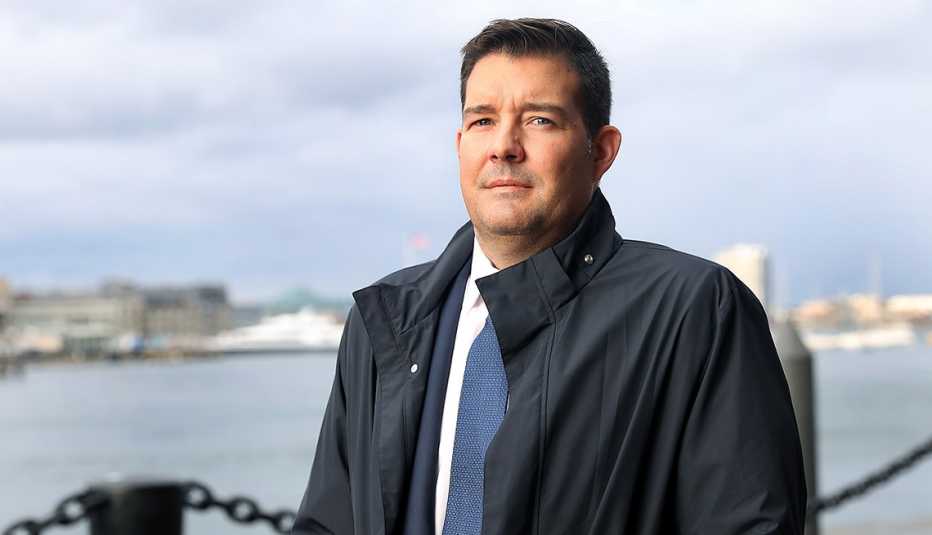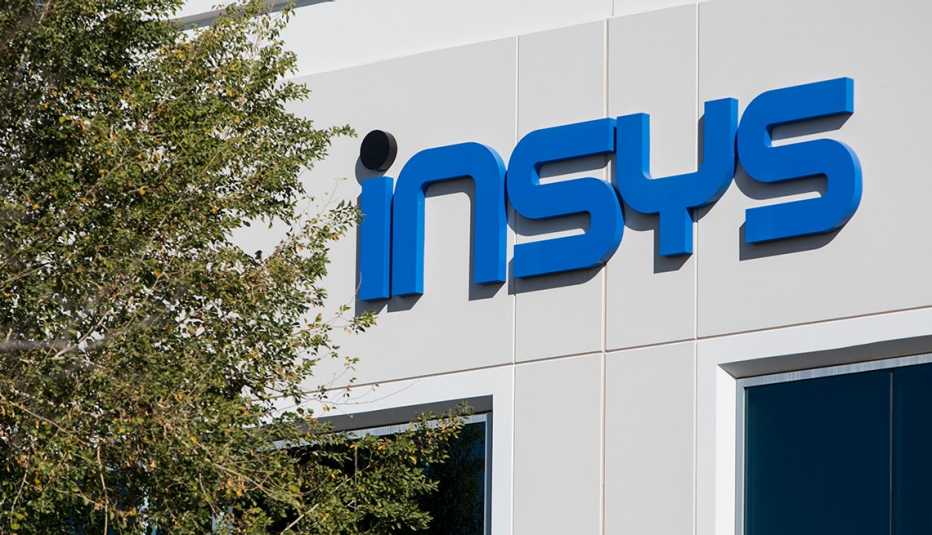Staying Fit
John Kapoor, who oversaw a criminal conspiracy that involved bribing a network of doctors to peddle highly addictive and deadly opioids for purposes for which they were never intended, was sentenced to 5½ years in prison Thursday by a federal judge.
Kapoor, who headed a specialty pharmaceutical company called Insys Therapeutics, became one of the richest people in America at the same time that more than 8,000 people died of overdoses after taking the drug Subsys, produced by his company, according to an AARP review of Food and Drug Administration (FDA) documents.


AARP Membership— $12 for your first year when you sign up for Automatic Renewal
Get instant access to members-only products and hundreds of discounts, a free second membership, and a subscription to AARP the Magazine.
“This was an offense of greed,” U.S. District Court Judge Allison D. Burroughs said before sentencing another Insys executive, former vice president of sales Alec Burlakoff. He received 26 months in prison, despite confessing his role in the conspiracy and becoming a key government witness. Burroughs also sentenced several other top Insys executives to prison.
But the punishments weren’t enough for some. “They all got away with murder, because that’s exactly what they did,” Deb Fuller, whose daughter Sarah died from a Subsys overdose, told reporters outside the courthouse. “It’s more than Sarah that died from it.”
In an earlier interview with AARP, Fuller said that in 2015, the year Kapoor was named by Forbes magazine as among America’s 400 richest people, her daughter was prescribed the drug for injuries from car accidents and fibromyalgia. Her mother said she had no idea Subsys had been approved by the FDA only for terminal cancer patients who had developed a tolerance for other powerful narcotics.


Testimony at Kapoor’s trial proved to jurors that the company set up a conspiracy to bribe doctors to prescribe the drug for many other conditions as a way to boost sales.
According to her parents, Fuller was pitched the drug at a doctor’s appointment by an Insys salesperson and started taking it. “She started getting very lethargic,” her mother said. “You would be having a conversation with her, and she would fall asleep. She would fall out of bed. She stopped wanting to do anything.” A little more than a year after receiving the Subsys prescription, she was found dead at age 32 in her bedroom. She had lethal levels of the drug in her blood.
The Insys investigation continues. In late December, physician Kenneth Sun, 58, of Easton, Pennsylvania, pleaded guilty to his role in prescribing Subsys to people for whom it was never intended. He admitted to taking $140,000 in bribes and kickbacks from Insys sales representatives.
Many other doctors did the same. At his trial in 2019, Burlakoff told a chilling tale of how Kapoor and Insys executives pushed the company’s sales team to bribe doctors around the country with money, gifts and expenses-paid trips to strip clubs. In return, doctors wrote countless prescriptions for Subsys, frequently to patients with migraines, fibromyalgia and back pain. The scam fueled the company’s meteoric rise — and Kapoor’s personal wealth to over $3 billion. But for many patients, the practices led to addiction.
That included Paul Lara, a 56-year-old former seafood merchant and shrimp boat captain. He became dependent on Subsys when it was improperly prescribed to him. He survived but is still living with the impact of the drug.
In 2013, a doctor in Corpus Christi, Texas, prescribed Subsys to Lara to treat his spinal pain. Only later would Lara learn that his doctor had told insurers that Lara had cancer and needed the drug because he could not swallow other medications. “I didn’t know what fentanyl was,” Lara recalled. “I was naive to all this stuff. I just trusted my doctor.”
An AARP investigation pieced together a behind-the-scenes look at how Insys turned its opioid product into a financial windfall, while damaging thousands of lives. The investigation showed that far more people died while taking Subsys than had been previously reported, among other discoveries.
It is a tale of a corrupt company and some top executives who lost their way in the pursuit of wealth.
Bribe and prescribe
In 2012, Kapoor held a job interview with Burlakoff, a veteran pharmaceutical salesman who had worked for Eli Lilly and other drug companies, and was now offering his talents to Kapoor’s company.




































































More From AARP
Hundreds of Prescription Drugs Are Costlier in 2020
Data show price increases on many popular medicines despite public outcryFDA, FTC Warn CBD Sellers About Making Disease-Treatment Claims
Agencies say health benefits need to be backed by evidenceNew Report Pans Supplements for Brain Health
AARP collaborative council finds little value — but lots of expense — in would-be memory boosters